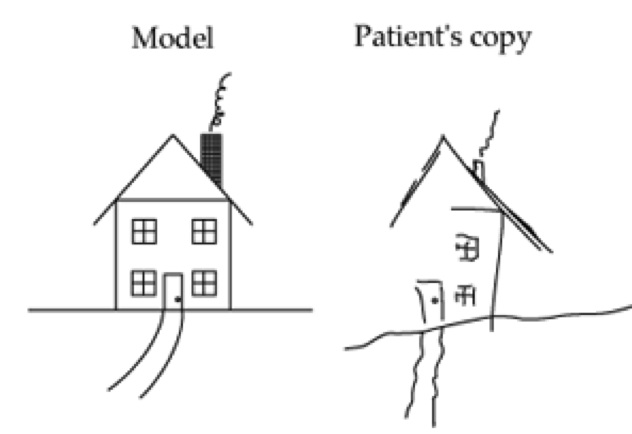- child shows severe self care, reading and writing difficulties which is a considered as a part of visual spatial deficit is caused by deficit in arousal and attention can be due to neglect or improper working of usually the right side of the brain
deficit manifest as-
- child or client unable to initiate movements in opposite space with either limb
- child or client unable to attend to stimulus in contralateral space
- difficulty in attending to near objects but not the far ones( may show difficulty in table top activities but not while playing dart games
- shows difficulty in dressing reading and writing( he may neglect the reading one half of the page, buttoning his shirt, and may show difficulty drawing and completing figures)
- -drawing tasks
- -line bisection test
- -cancellation tests
- -crossing out tasks


ruling out neglect from visual feild deficits and attention related issues are important for guiding treatment


